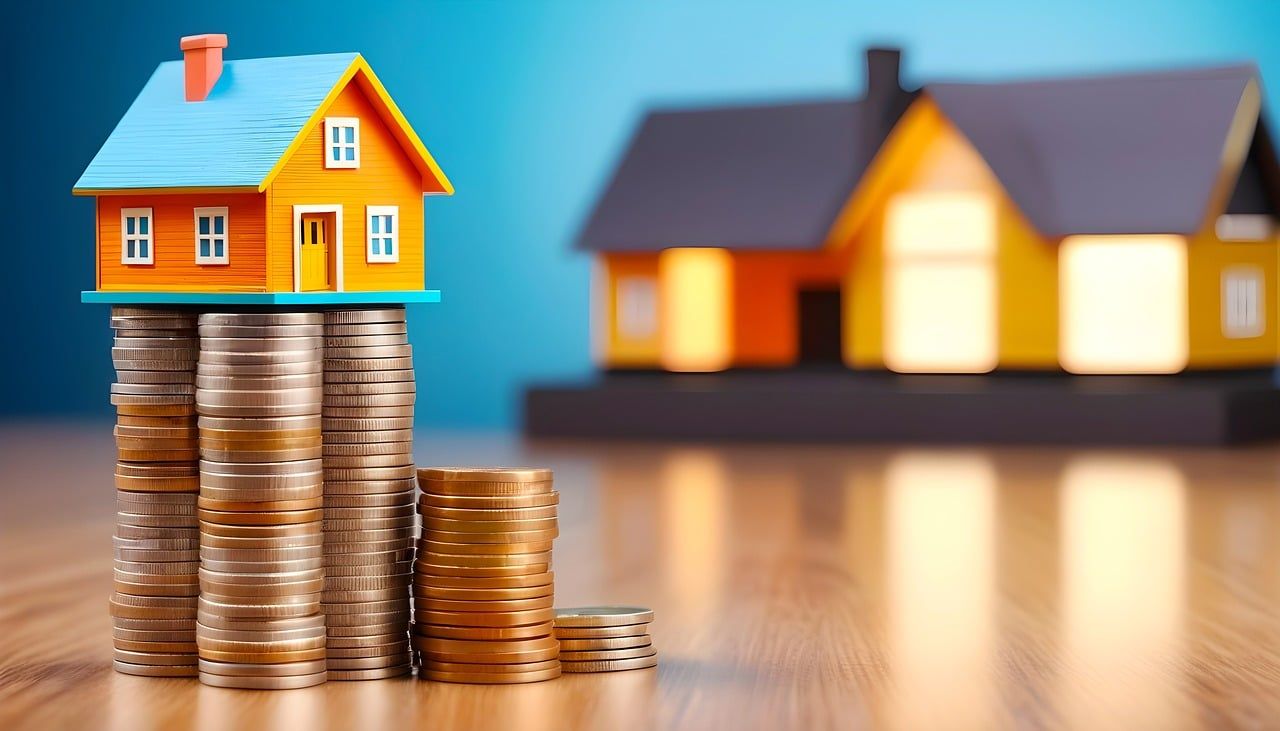Key Takeaways
- Home Value: Energy upgrades boost property value 5-7% and attract buyers
- Quick Wins: Draft sealing and weather stripping offer fastest ROI (under 1 year)
- Smart Control: Modern thermostats cut HVAC costs by 10-15% annually
- Lighting Impact: LED upgrades reduce electricity use by 75% vs. traditional bulbs
- Window Efficiency: Energy-rated windows save $200-400 yearly on heating/cooling
- Solar Benefits: Solar panels can eliminate electric bills and generate income
Enhancing Your Home's Value through Energy Efficiency
Want to slash your energy bills while boosting your home's value? You're not alone. The average American family shells out over $2,000 annually on energy costs, with nearly half going to heating and cooling.
But here's the good news: smart energy-efficient upgrades can cut those costs by 20-30%.
Think beyond just savings. In today's market, green homes are hot properties. According to the National Association of Realtors' 2023 study, 59% of buyers actively seek sustainable homes, often willing to pay a premium for these features.
This guide walks you through practical energy-efficient improvements that deliver real returns. Whether you're looking to sell soon or simply want to reduce your monthly bills, we'll show you:
- Quick wins that cost under $500
- Mid-range improvements with the best ROI
- High-impact upgrades that transform your home's efficiency
- Financing options to make these improvements affordable
Understanding Energy Efficiency Upgrades
What Makes a Home Energy Efficient?
Energy efficiency isn't just about using less power—it's about smart power usage that saves money while maintaining comfort.
Let's break down the most impactful upgrades by investment level:
Quick Wins (Under $500):
- Draft Sealing: $100-300 average cost
- Saves up to 20% on heating/cooling
- DIY-friendly with basic materials from home improvement stores
- Focus on windows, doors, and electrical outlets
- Weather Stripping: $50-350 per home
- Reduces energy bills by 10-15%
- Professional installation takes 2-3 hours
- Lasts 5-10 years with proper maintenance
Mid-Range Improvements ($500-$5,000):
- Insulation Upgrade: $1,500-3,000 average
- Cuts energy costs by 10-50%
- Pays for itself in 3-5 years
- Most effective in attics and walls
- Smart Thermostat Installation: $200-500
- Annual savings of $180 on average
- Smartphone control and automatic adjustments
- Popular brands: Nest, Ecobee, Honeywell
Premium Upgrades ($5,000+):
- Energy-Efficient Windows: $8,000-15,000 (whole house)
- Reduces energy consumption by 12%
- Increases home value by 68% of project cost
- ENERGY STAR certified options available
LED Lighting (whole home): $1,000-2,500
- Uses 75% less energy than traditional bulbs
- Lasts 25 times longer
- Saves $225 annually on average
DIY Draft Sealing: A Money-Saving Weekend Project
Did you know those tiny drafts around your windows and doors are literally sucking money out of your wallet?
The U.S. Department of Energy reports that drafts waste up to 30% of your energy use - that's like throwing away $600 of a $2,000 annual energy bill!
Project Overview:
- Time needed: 4-6 hours
- Cost: $100-350
- Difficulty: Beginner-friendly
- Potential savings: Up to $400/year
Materials Needed:
- Caulk gun ($5-10)
- Weatherstripping ($30-50)
- Foam gaskets ($10-20)
- Expanding spray foam ($15-25)
- Incense stick or smoke pen ($5)
Step-by-Step Guide:
- Draft Detection (30 minutes)
- Wait for a windy day
- Light an incense stick
- Test these common leak spots:
• Window frames
• Door frames
• Electrical outlets
• Attic access points
• Baseboards
- Material Selection (Prior to starting)
{Choose based on gap size}
- Tiny gaps (⅛ inch or less): Caulk
- Medium gaps (¼-½ inch): Weatherstripping
- Large gaps (½-3 inches): Expanding foam
- Application Process (2-3 hours)
- Clean surfaces thoroughly
- Apply materials in dry conditions
- Let cure for recommended time
- Test with smoke pen after completion
Pro Tip: Start in your most-used rooms first.
Weather Stripping Installation Guide
Transform your home's efficiency in one afternoon with proper weather stripping. This simple upgrade can slash energy bills by 15% - that's about $300 annually for the average household.
Quick Facts:
- Average cost: $50-350
- Installation time: 2-3 hours
- Tools needed: Basic household tools
- Skill level: Beginner
Material Options:
- Adhesive-backed foam ($5-10/roll)
- Best for: Low-traffic areas
- Lifespan: 1-3 years
- Easy installation
- V-strip metal ($15-25/roll)
- Best for: Windows
- Lifespan: 5+ years
- Professional look
- Door sweeps ($10-30 each)
- Best for: External doors
- Lifespan: 3-5 years
- Blocks under-door drafts
Installation Steps:
- Measure twice (15 minutes)
- Record all gap dimensions
- Add 10% for mistakes
- Prep surfaces (30 minutes)
- Clean with rubbing alcohol
- Let dry completely
- Remove old stripping
- Install (1-2 hours)
- Cut to size
- Test fit before removing backing
- Apply firmly
- Test door/window operation
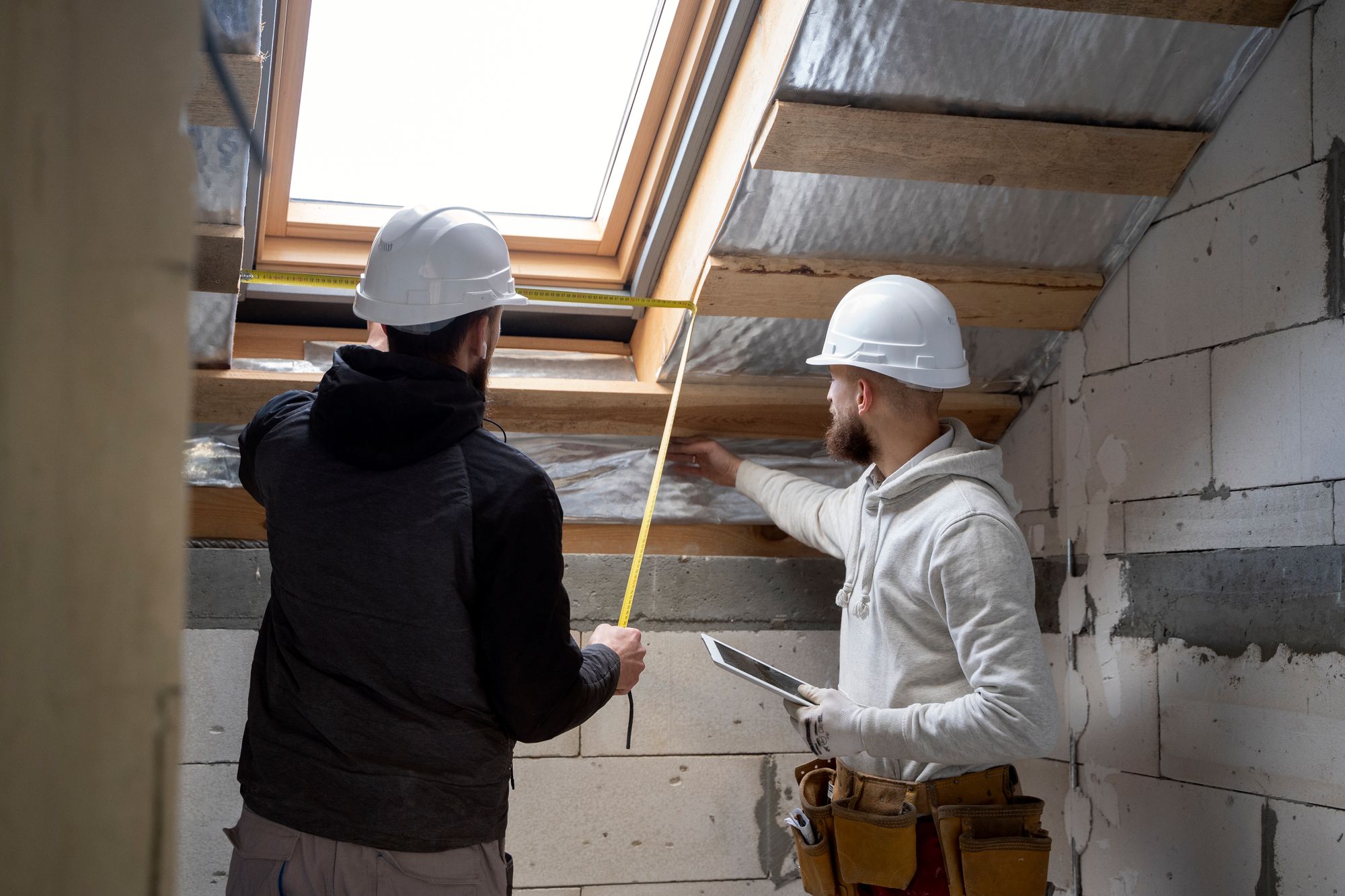
Key to Year-Round Savings from Insulation Upgrades
Looking to slash your energy bills by up to 50%? Proper insulation is your secret weapon. Here's your complete guide to maximizing your home's efficiency through smart insulation upgrades.
Cost vs. Savings Breakdown:
- Average project cost: $1,500-$3,000
- Annual savings: $200-600
- ROI timeline: 3-5 years
- Energy reduction: 10-50%
Types of Insulation and Their Costs:
- Fiberglass Rolls/Batts
- Cost: $0.64-1.19 per square foot
- Best for: Walls, floors, attics
- DIY-friendly: Yes
- R-value: 2.9-4.3 per inch
- Blown-in Cellulose
- Cost: $1.20-2.20 per square foot
- Best for: Existing walls, attics
- Professional installation needed
- R-value: 3.2-3.8 per inch
- Spray Foam
- Cost: $3.15-7.00 per square foot
- Best for: Air sealing, hard-to-reach areas
- Professional only
- R-value: 6.0-7.0 per inch
Priority Areas for Installation:
- Attic (highest ROI)
- Exterior walls
- Basement/crawl spaces
- Floors over unheated spaces
Energy-Efficient Windows and Doors: The Ultimate Guide
Want to save $465 annually while boosting your home's value? Energy-efficient windows and doors deliver impressive returns. Here's what you need to know:
Investment Overview:
- Windows: $300-1,000 per window installed
- Doors: $800-2,500 per door installed
- Energy savings: Up to $465/year
- Home value increase: 68-75% of project cost
Popular Options and Costs:
- Double-Pane Windows
- Cost: $300-850 each
- Energy savings: 24% vs. single-pane
- Lifespan: 20-25 years
- Triple-Pane Windows
- Cost: $400-950 each
- Energy savings: 30-40% vs. single-pane
- Lifespan: 20-25 years
- Energy-Efficient Entry Doors
- Cost: $800-2,500
- Energy savings: 10-15%
- Lifespan: 30+ years
Quick Tips:
- Look for ENERGY STAR certification
- Check for local rebates (average $200-400)
- Consider professional installation
- Focus on south-facing windows first
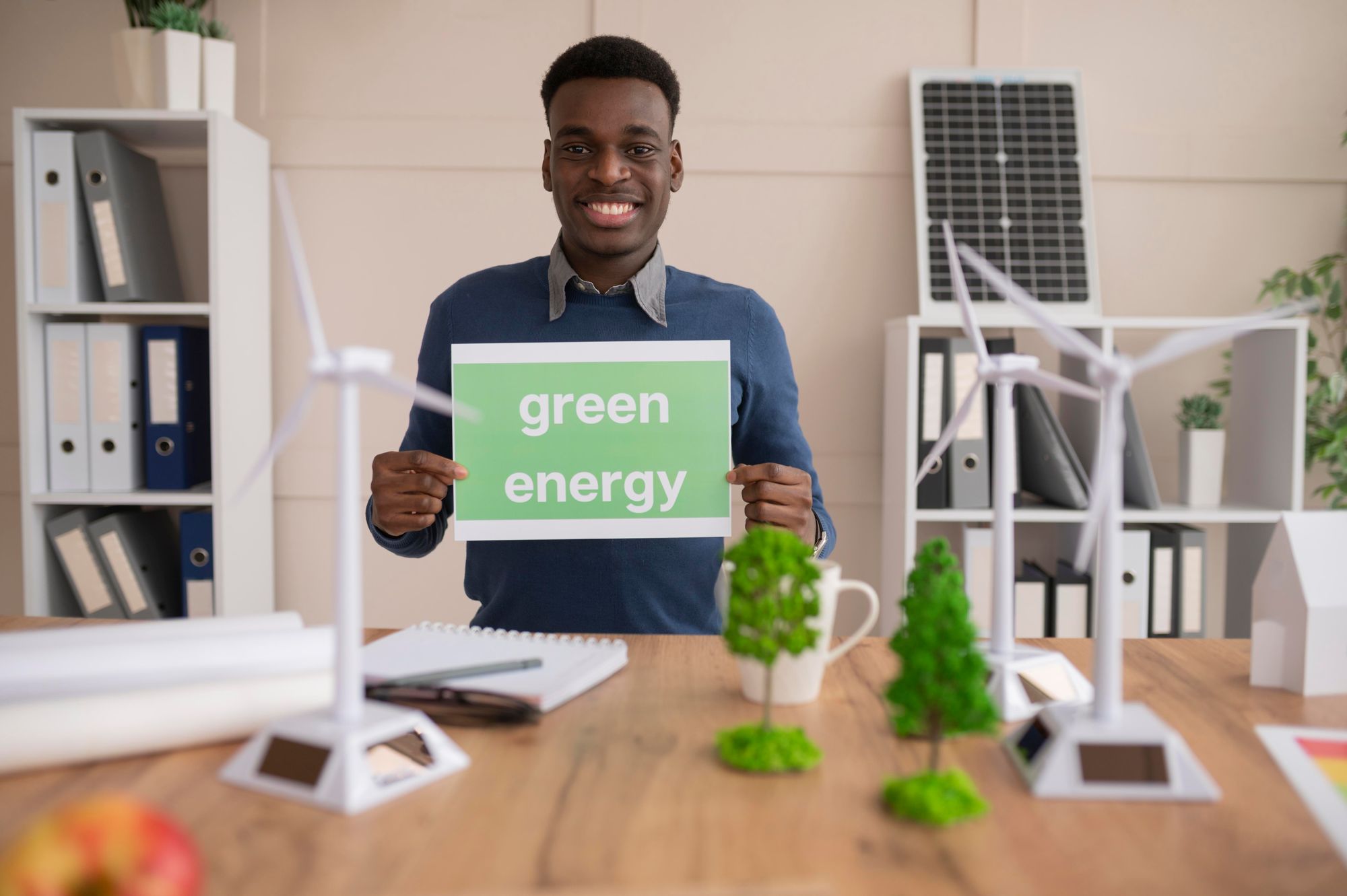
Energy-Saving Lighting Solutions: LED Upgrades and Beyond
Transform your home's lighting efficiency with LED upgrades that slash energy use by 80%. Here's your room-by-room guide to smart lighting solutions.
Cost-Benefit Analysis:
- Average home needs: 40-50 bulbs
- Initial investment: $200-400
- Annual savings: $225
- Bulb lifespan: 25,000 hours (23 years)
- ROI timeline: 11-18 months
Room-by-Room LED Guide:
Kitchen (Highest Usage)
- Recommended: BR30 LEDs for recessed lights
- Cost: $7-15 per bulb
- Monthly savings: $5-8
- Extra tip: Under-cabinet LED strips ($20-30)
Living Areas
- Recommended: A19 LEDs for lamps
- Cost: $4-10 per bulb
- Monthly savings: $3-5
- Bonus: Smart LED bulbs ($15-30)
Outdoor Lighting
- Recommended: PAR38 LEDs for flood lights
- Cost: $12-25 per bulb
- Monthly savings: $7-10
- Security benefit: 25-year lifespan
Beyond Basic LEDs:
- Smart Controls ($50-200)
- Motion sensors
- Dimmer switches
- Smart phone control
- Voice activation
- Natural Light Optimization
- Solar tubes ($200-400)
- Strategic mirror placement
- Light-colored walls
Financing Options:
- Utility rebates (up to $100)
- Energy-efficiency tax credits
- Home improvement loans
- SimpleDirect financing solutions
This complete lighting overhaul not only saves money but also provides better quality light and increased home value.
Ready to make the switch? Contact SimpleDirect today to explore financing options for your LED upgrade project.
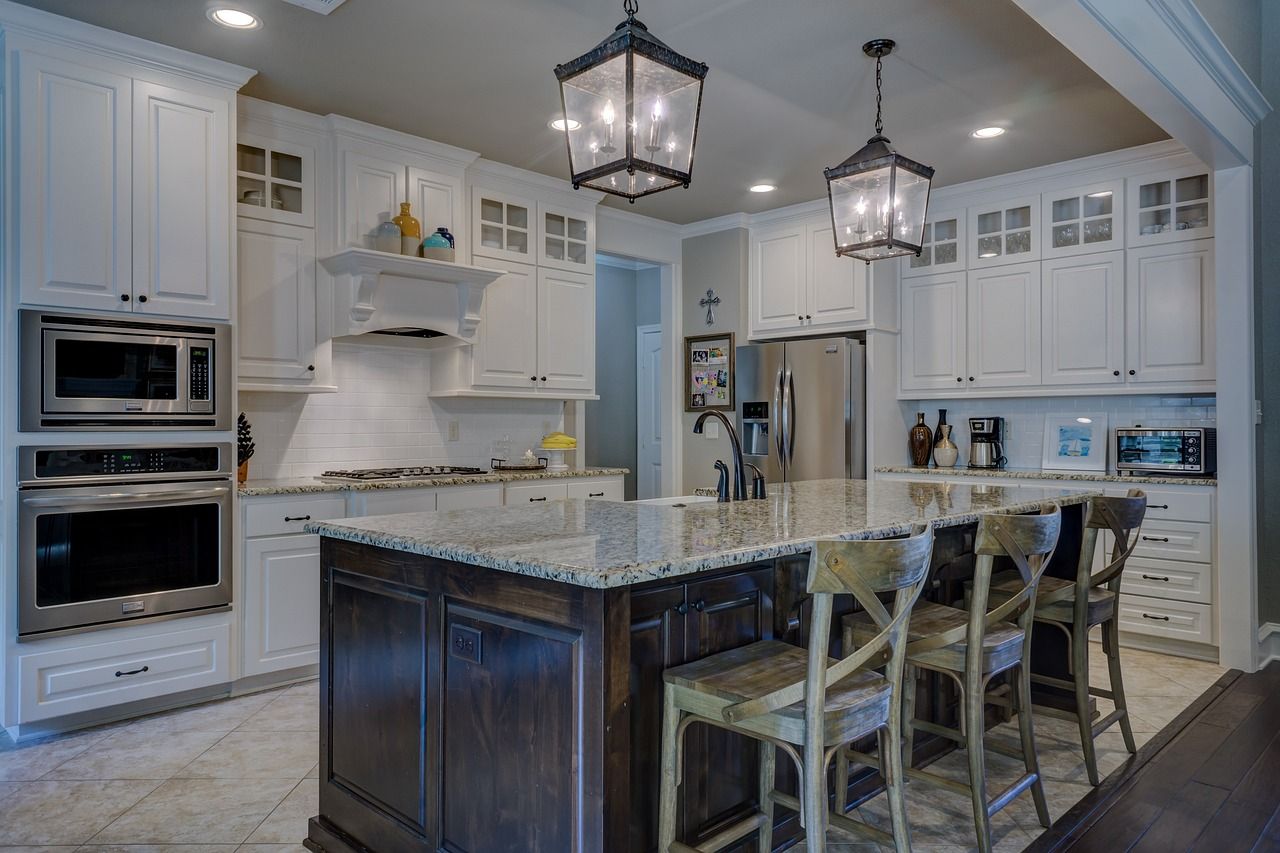
Smart Thermostats & HVAC: Your Money-Saving Guide
Cut your energy bills by 10% with smart temperature control. Here's how to maximize your HVAC efficiency without sacrificing comfort.
Smart Thermostat Quick Facts:
- Average cost: $200-300
- Installation: $100-150
- Annual savings: $180
- Payback period: 18 months
Top 3 Smart Options:
- Nest ($249)
- Auto-scheduling
- Smartphone control
- Energy reports
- Ecobee ($199)
- Room sensors
- Alexa built-in
- Weather adaptation
- Honeywell ($180)
- Multi-room control
- Simple interface
- Budget-friendly
Pro Tip: Set temperatures 7-10°F lower when sleeping or away to save an extra $100 annually.
2024 Energy Incentives Guide
Available Tax Credits:
- HVAC upgrades: Up to $2,000
- Smart thermostats: Up to $150
- Home energy audit: Up to $150
Local Utility Rebates:
- Equipment rebates: $100-500
- Installation credits: Up to $250
- Annual maintenance: $50-100
Quick Steps to Claim:
- Check DSIRE database for local offers
- Save all receipts and documentation
- Complete utility company forms
- File with tax returns
Pro Tip: Combine federal and local incentives - most homeowners qualify for multiple programs.
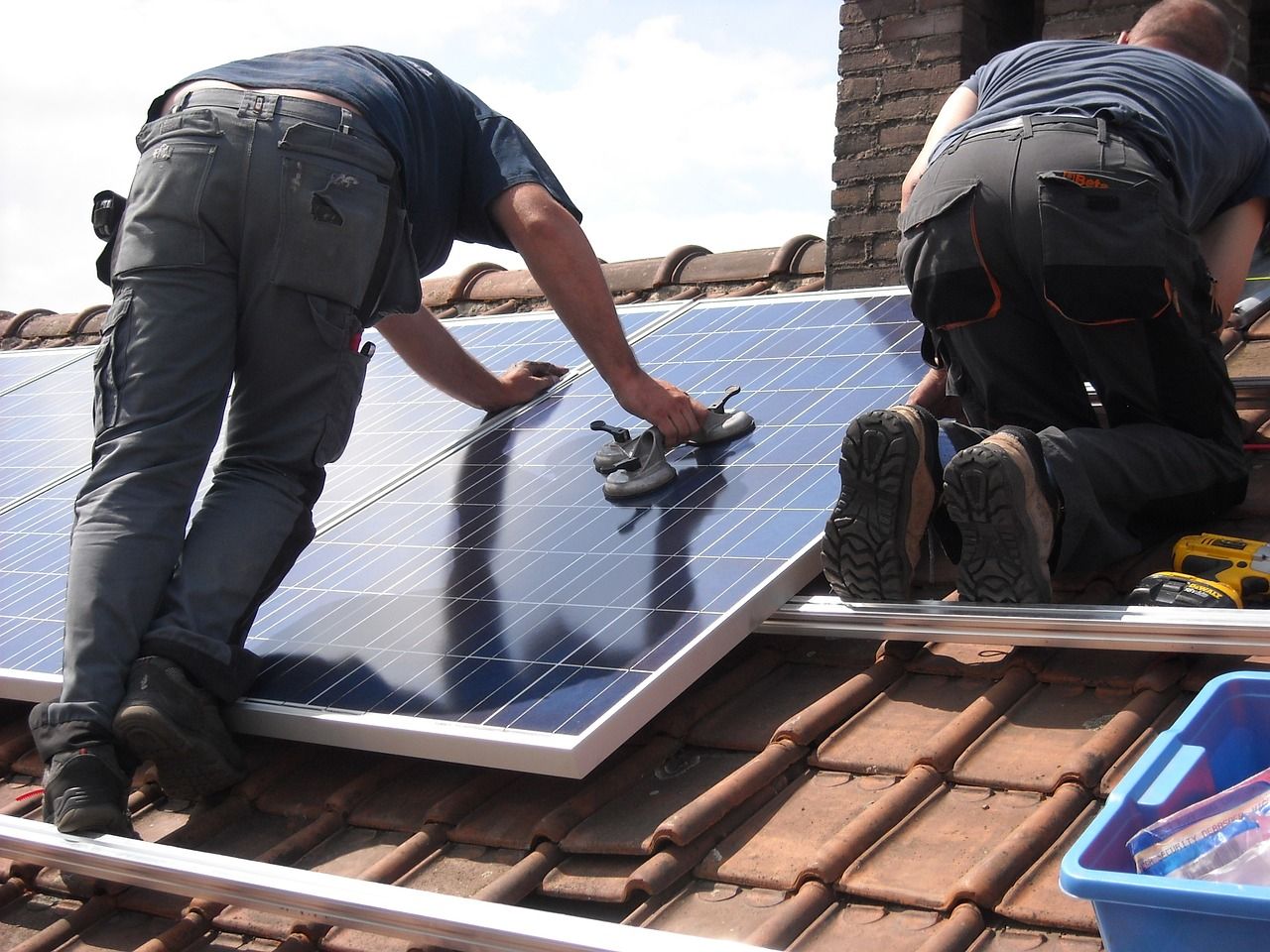
Sustainable Energy Solutions for Homes
Sustainable energy solutions for homes are gaining traction as homeowners increasingly recognize their benefits.
These solutions not only reduce utility bills but also contribute to a healthier planet by minimizing carbon emissions.
Transform your home into an energy-saving powerhouse with these proven solutions.
Top 3 Sustainable Options:
- Solar Power
- Cost: $15,000-25,000
- Savings: $1,200/year
- Tax credit: 30%
- Payback: 8-10 years
- Geothermal Heat
- Cost: $20,000-30,000
- Savings: $1,500/year
- Lifespan: 50+ years
- 400% more efficient
- Smart Upgrades
- Smart thermostat: $200
- LED lighting: $200-400
- Rain barrels: $100-200
- Annual savings: $500+
Quick Wins Under $500:
- Weather stripping ($50)
- Smart power strips ($25)
- Water-saving fixtures ($200)
- Compost bin ($50)
Ready to go green? SimpleDirect offers easy financing for sustainable upgrades. Contact us today!
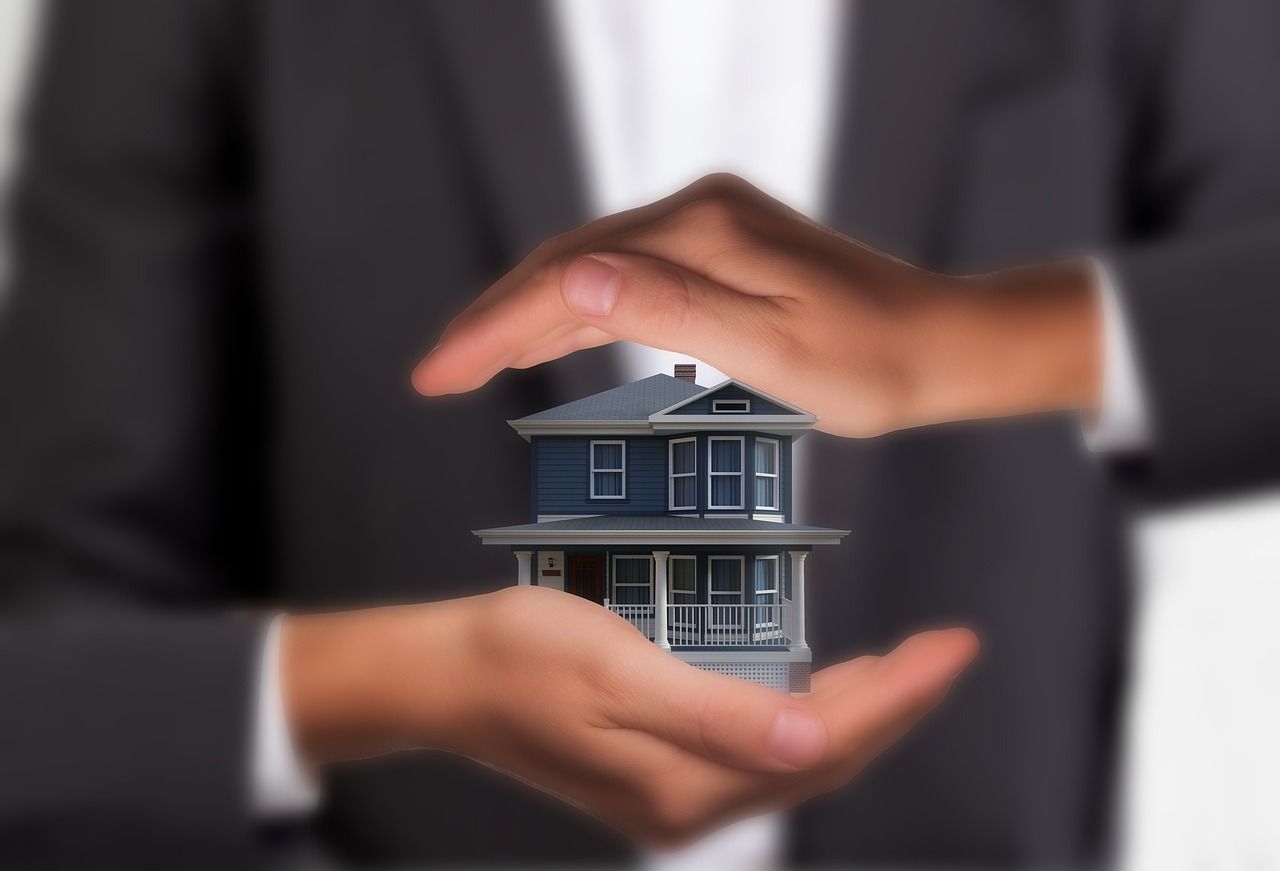
How Energy Efficiency Upgrades Can Affect Home Insurance Premiums
Energy efficiency upgrades not only enhance your home’s value and reduce your energy bills but can also have a positive impact on your home insurance premiums.
Making your home more energy-efficient can lead to less wear and tear on the home’s systems and structure, potentially lowering the risk of insurance claims. Here’s how these upgrades could affect your insurance costs:
Insurance Benefits:
- Premium discounts: 5-15%
- Green rebuilding coverage
- Smart home discounts: Up to 20%
- ENERGY STAR certification bonus: 5%
Top Money-Saving Upgrades:
- Smart Security ($200-500)
- Smoke detectors
- Water leak sensors
- Security systems
- Average savings: $225/year
- Storm Protection ($3,000-8,000)
- Impact windows
- Modern roofing
- Weather barriers
- Insurance savings: 15-25%
Environmental Impact:
- 40% less energy use
- 2.5 tons CO2 reduction/year
- 30% water savings
- Less resource waste
Quick Start Guide:
- Get home energy audit ($200-400)
- Install LED lighting ($200)
- Add smart thermostat ($200)
- Update insulation ($1,500)
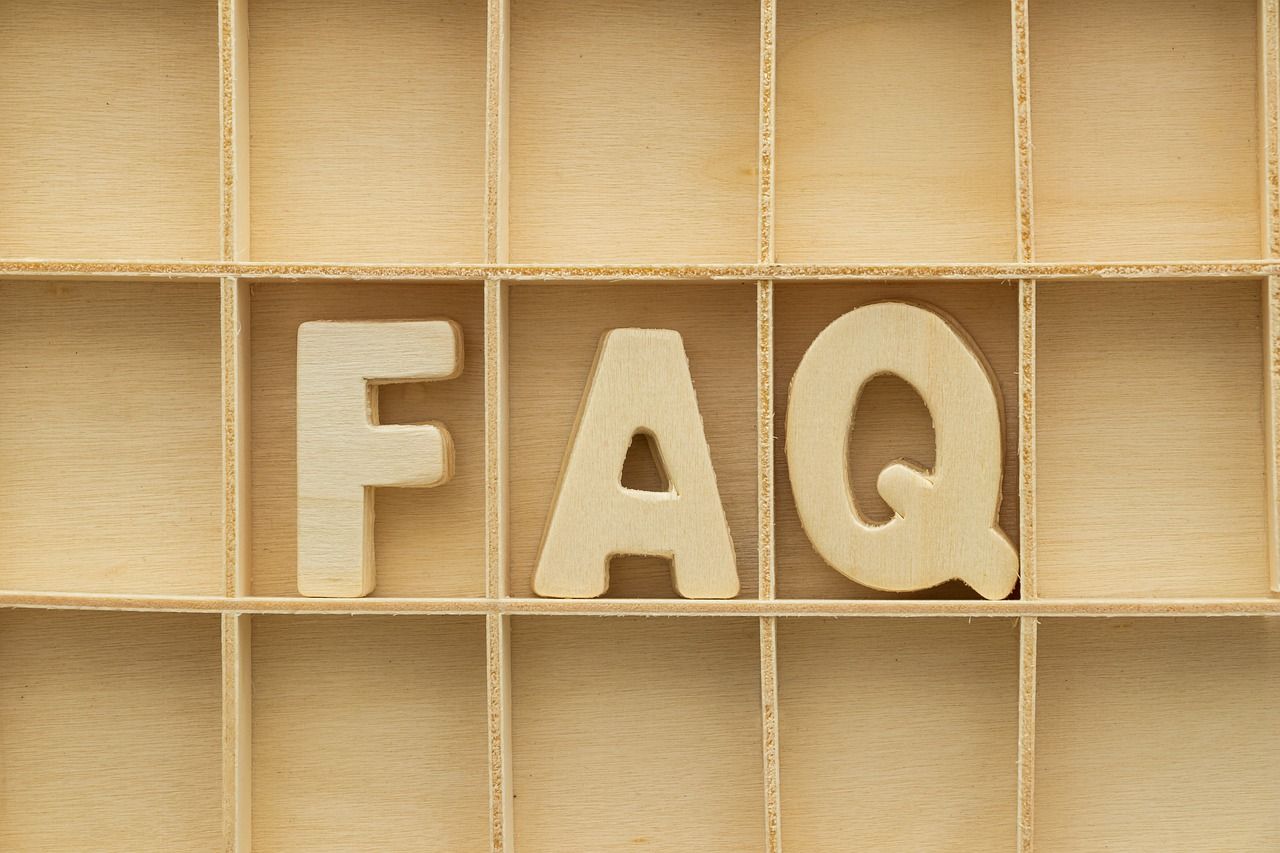
FAQ: Energy Efficiency Upgrades for Your Home
- Best Budget Upgrades?
- Draft sealing ($100-300)
- LED lights ($200)
- Smart thermostat ($200)
- Payback: 1-2 years
- Home Value Impact?
- 5-7% increase
- Faster sales
- ENERGY STAR premium
- DIY vs. Pro?
DIY-Friendly:
- Weather stripping
- LED installation
- Basic sealing
Pro Required: - Windows
- HVAC
- Solar panels
- Government Incentives?
- Federal: Up to 30%
- State: Varies
- Utility: $100-500
- ROI Timeline?
- LED lights: 6 months
- Insulation: 2 years
- Solar: 8-10 years
- Maintenance Needs?
Minimal for:
- LEDs (10+ years)
- Insulation (20+ years)
Annual check: - HVAC
- Solar panels


